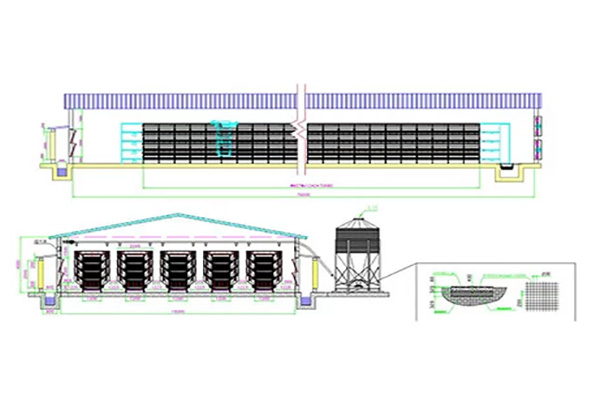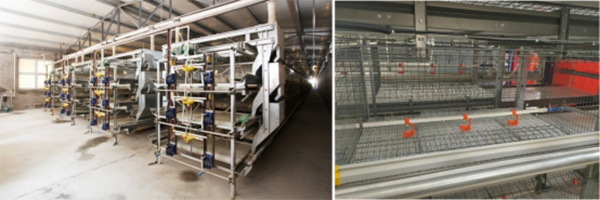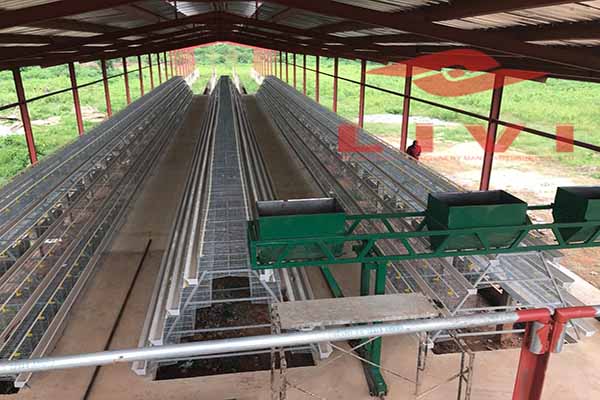Battery Cage Design for Hilly Farms: Optimizing Chicken Farm Efficiency
As the demand for poultry products continues to rise, hillside farms are becoming increasingly popular for their ability to provide fresh, local produce. One crucial aspect of setting up a chicken farm on hilly terrain is the design of the battery cages. This article delves into the best practices for battery cage design on hilly farms, ensuring efficiency and animal welfare.

Key Considerations for Battery Cage Design on Hilly Farms
- Gradient Management: Utilize the natural gradient of the hill to minimize the need for artificial elevation adjustments. This can reduce construction costs and improve the overall environment for the chickens.
- Drainage Systems: Implement effective drainage systems to prevent waterlogging and ensure the health of the chickens. Poor drainage can lead to health issues and decreased egg production.
- Airflow and Ventilation: Design the battery cages to maximize natural airflow, which is crucial for temperature control and disease prevention. Proper ventilation can reduce the risk of respiratory infections.
- Accessibility: Ensure that the design allows for easy access for feeding, cleaning, and health monitoring. This is especially important on hilly farms where physical exertion can be greater.
According to a study by the Agricultural University of China, the ideal gradient for battery cages on hilly farms should not exceed 5%. This allows for efficient use of space while maintaining comfort for the chickens.
| Parameter | Recommended Value |
|---|---|
| Gradient | 0-5% |
| Minimum Distance Between Cages | 1.5 meters |
| Height of Battery Cages | 1.2 meters |
Additionally, the placement of battery cages should be strategic. Placing them on the southern side of the hill can take advantage of the natural sun exposure, which can help regulate the temperature inside the cages.
Benefits of Professional Battery Cage Design
Professional design services for battery cages on hilly farms offer several benefits:
- Enhanced Productivity: Properly designed cages can lead to higher egg production and healthier chickens.
- Cost-Effective: A well-thought-out design can reduce long-term operational costs by minimizing waste and maximizing efficiency.
- Environmental Impact: Sustainable design practices can reduce the environmental footprint of the farm.
Investing in professional battery cage design is a wise decision for any chicken farm owner or investor looking to maximize their return on investment.

For a free consultation and detailed design plan tailored to your hi lly farm, contact LIVI Mechanical today. Our experts are ready to help you create an efficient and profitable chicken farm.
lly farm, contact LIVI Mechanical today. Our experts are ready to help you create an efficient and profitable chicken farm.




